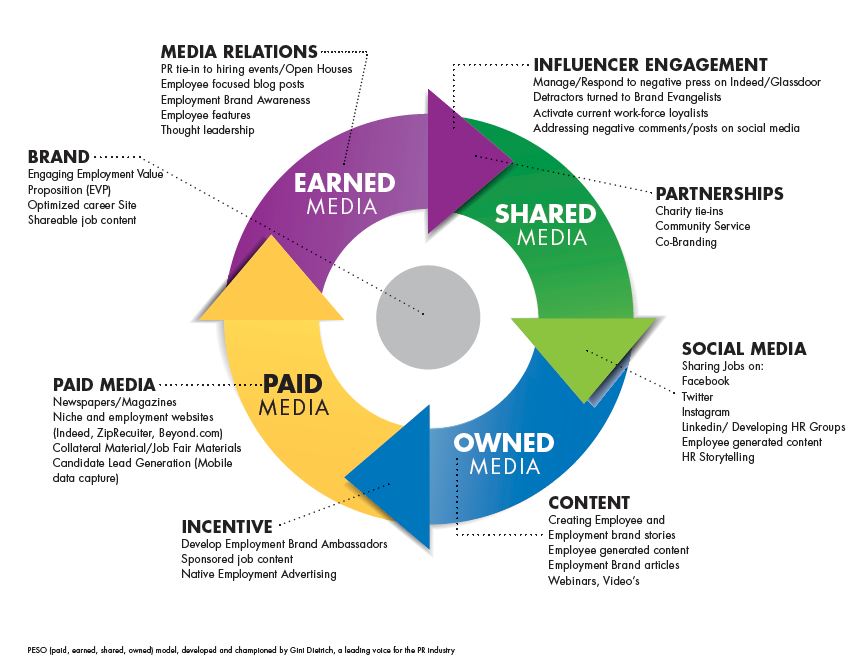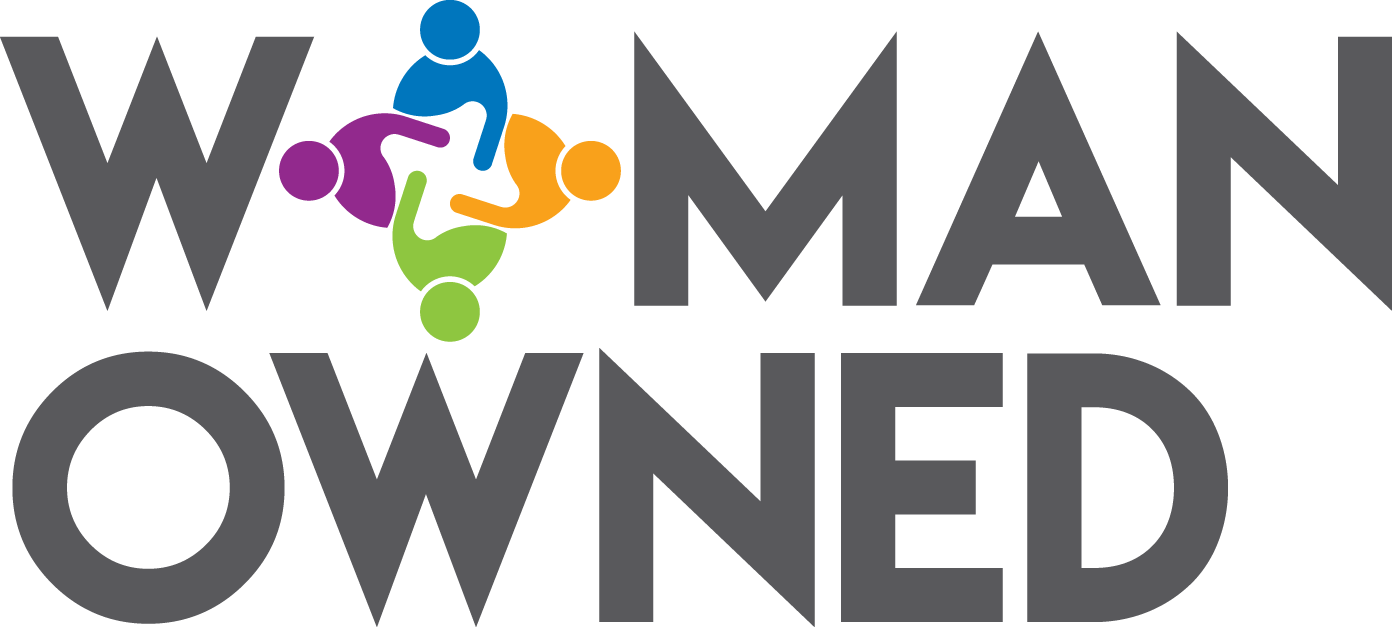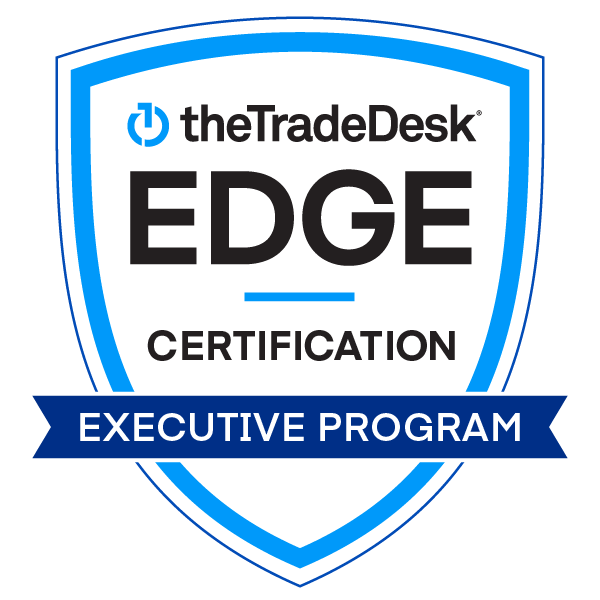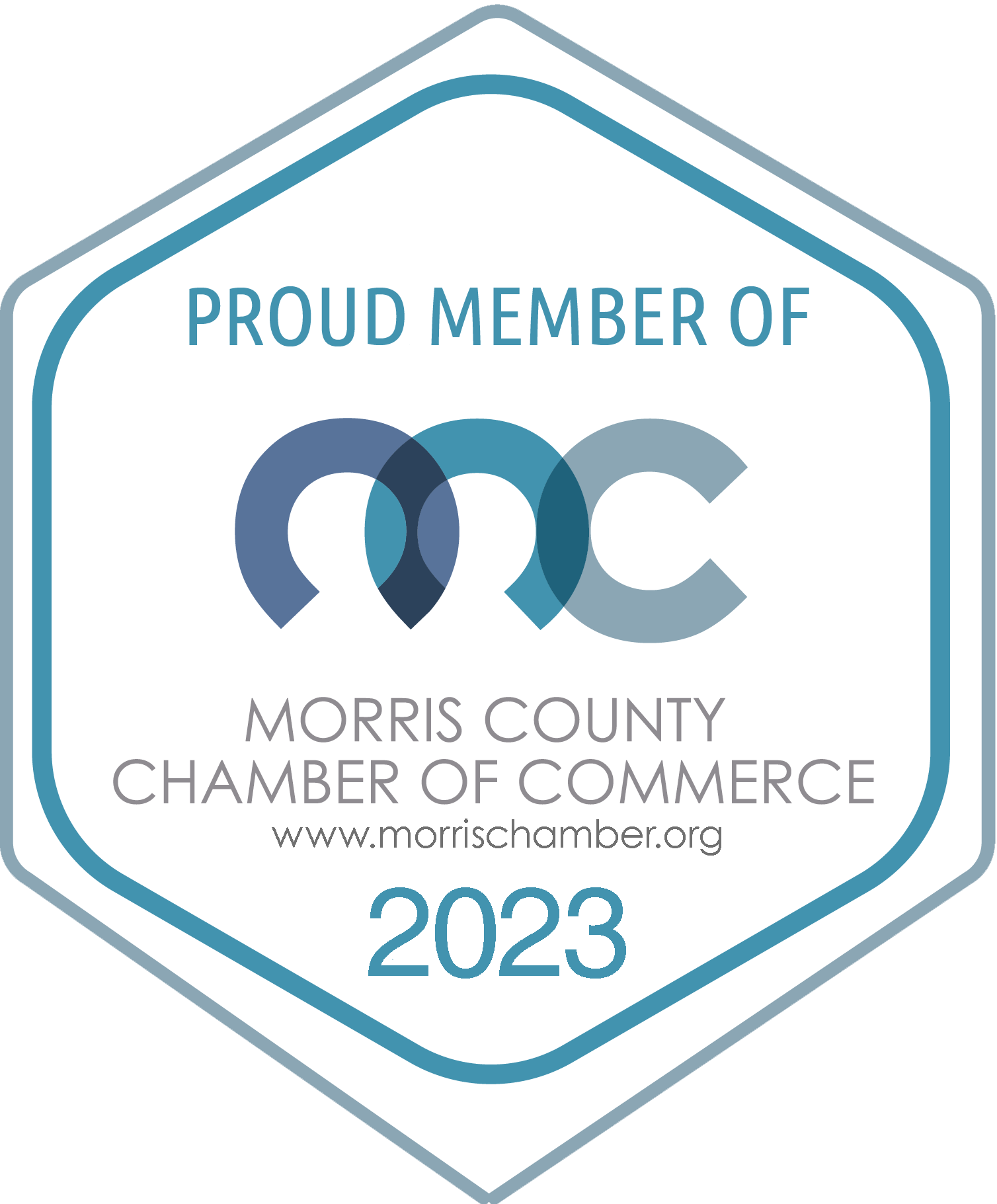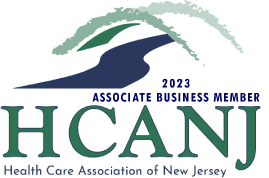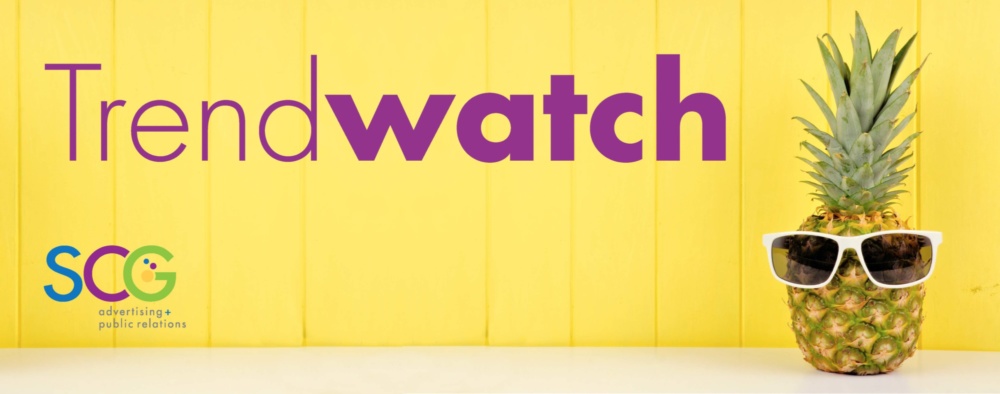 Welcome to your monthly round-up for busy HR professionals. Each month, we share the latest news, strategies, tools and trends affecting the recruitment landscape. Check in each month for the latest updates from all over the web.
Welcome to your monthly round-up for busy HR professionals. Each month, we share the latest news, strategies, tools and trends affecting the recruitment landscape. Check in each month for the latest updates from all over the web.
Indeed announces acquisition of automated recruitment technology platform ClickIQ.
Indeed, the world’s #1 job site, announced today that it has signed an agreement to acquire ClickIQ, an automated job advertising technology platform, based in the UK. Read more…
Tech startup Appcast sold for $79 million.
A 5½-year-old Upper Valley digital startup that has become a major player in helping national employers find job candidates has sold a majority stake in the company to a German media giant for $79 million. Read more…
2019 Study reveals new trends in trucking recruitment.
The trucking and logistics industries are the backbone of the U.S. economy. Naturally, as the economy flourishes, the need for trucks, and drivers, skyrockets. However, the high-volume, high-turnover nature of the industry makes recruiting truck drivers difficult. Research from a 2017 study shows that driver turnover is exceptionally high, reaching as high as 98 percent in 2017 with 70 percent of that turnover occurring in the first year of employment; this rate of turnover places an added layer of difficulty on driver recruitment. Read more…
iCIMS acquires Jibe to expand engagement, recruitment marketing capabilities.
iCIMS acquired recruiting technology platform Jibe with an eye toward strengthening its offerings in employer branding, candidate engagement and tracking the return on recruiting investments.
Jibe will power iCIMS’ new recruitment marketing solution, Attract, which is available as either part of its core platform or as the front end of other, integrated ATS or HCM solutions. Read more…
Disability Equality Index shows steady growth of inclusion.
A total of 156 out of the 180 organizations included in the Disability Equality Index received top scores for their inclusion of people with disabilities. The index is a collaboration between the American Association of People with Disabilities (AAPD) and Disability:IN, a nonprofit organization focused on disability inclusion in business. Read more…
Oregon passes nation’s most generous paid family leave law.
Oregon lawmakers recently enacted the nation’s most generous paid leave program. Gov. Kate Brown signed a law into effect on July 1 that will provide 12 weeks of paid leave to just about every employee in the state (yes, even if you only have one employee), to be funded by a new payroll tax paid by both workers and employers with 25 or more employees. While the law doesn’t kick in until 2023, it’s never too early to learn about what’s around the corner and start to prepare. Read more…

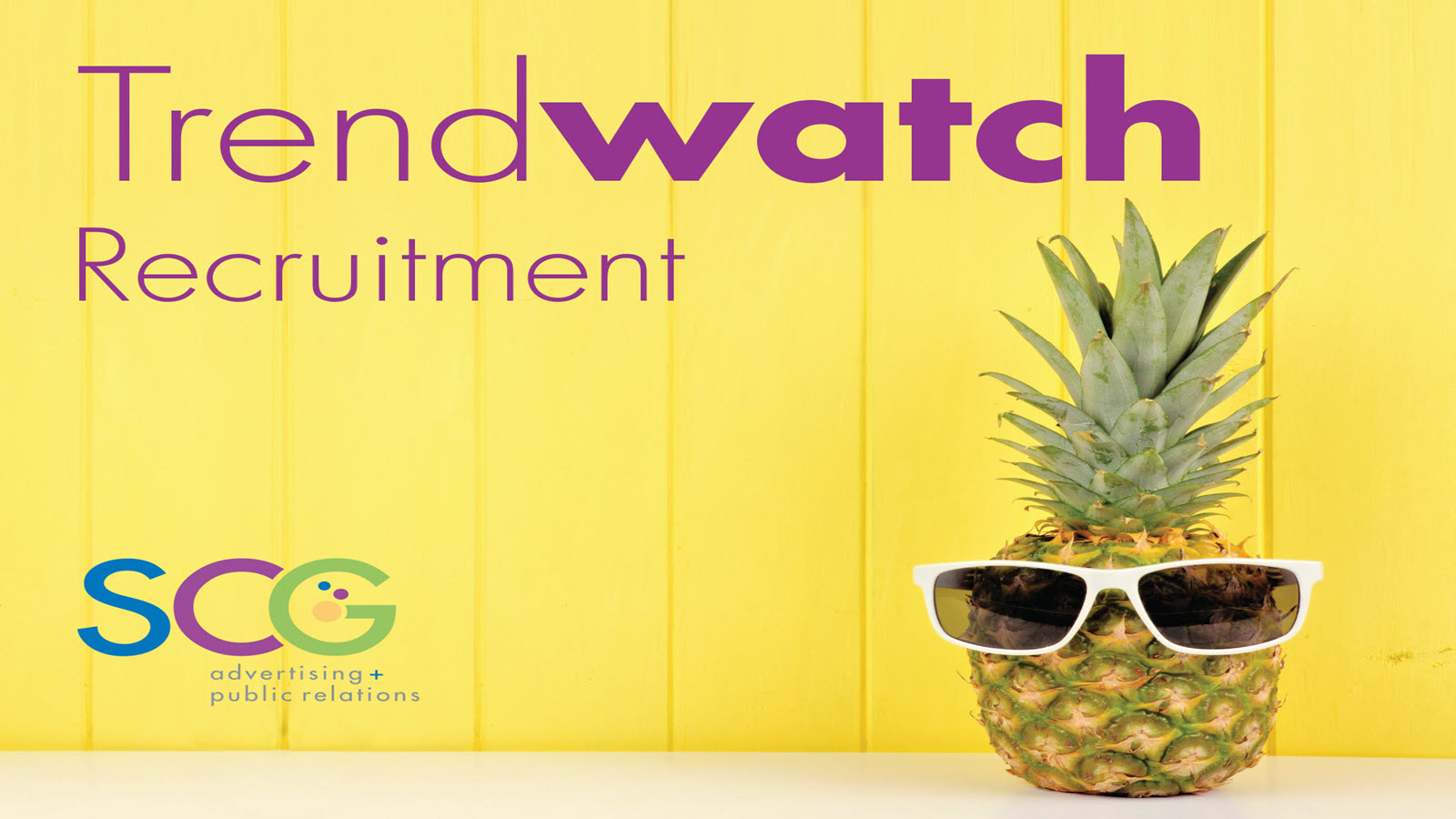
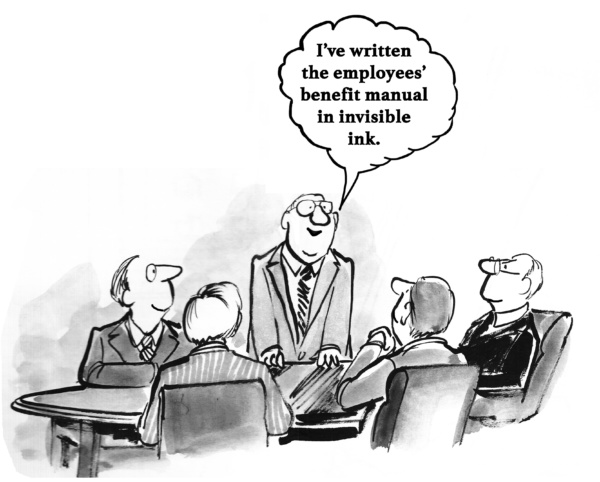
 You’ve nurtured the candidate relationship and made the offer. They accept. Yay!
You’ve nurtured the candidate relationship and made the offer. They accept. Yay!

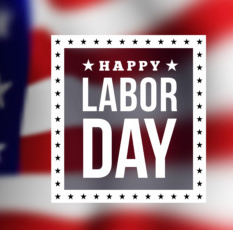
 Do you know why Labor Day is a national holiday, recognized nationwide? If your answer is no – you will now be informed. If your answer is yes – keep reading anyway!
Do you know why Labor Day is a national holiday, recognized nationwide? If your answer is no – you will now be informed. If your answer is yes – keep reading anyway!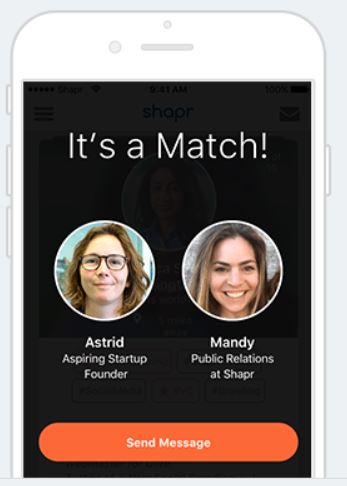

 At the beginning of each year the recruitment pundits make their predictions as to the trends that will take place in the coming year. They are hoping to give recruiters a head-start in preparing and implementing new strategies. For the most part they are all interesting and informative.
At the beginning of each year the recruitment pundits make their predictions as to the trends that will take place in the coming year. They are hoping to give recruiters a head-start in preparing and implementing new strategies. For the most part they are all interesting and informative.